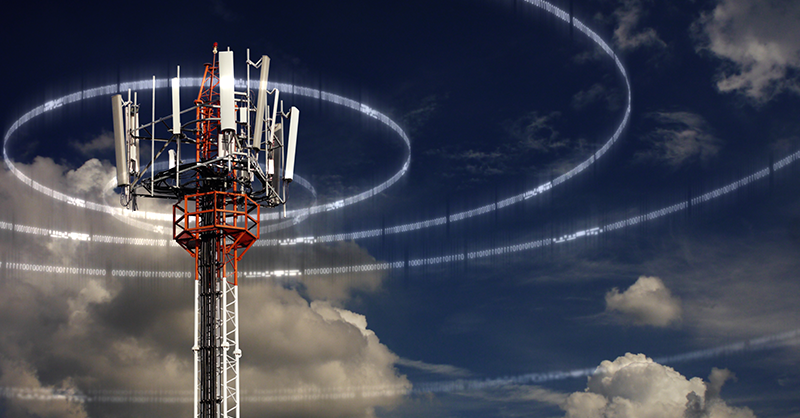If you've ever walked through a city, you may have seen tiny cell towers for 5G placed on poles for street lighting. http://b3.zcubes.com/v.aspx?mid=11175290 appear like tiny boxes however they're actually sending wireless signals from cellular providers to your phone.
They are replacing the larger, purpose-built cell towers. Although they're not as visible but they can still create problems for those who live nearby.
A FCC's Radiation Exposure Thresholds
The FCC's Radiation Exposure Thresholds establish the maximum amount of time an individual can be exposed to electromagnetic radiation from wireless devices. The exposure limits are based on research which prove that electromagnetic energy can be harmful to human health.
The specific absorption rate (SAR) is an indicator of the amount of radiofrequency energy taken up by tissues. It is typically 1.6 watts per kilogram, calculated over one gram of tissue.
However, because 5g transmits at higher frequencies and has the potential to cause greater energy intensity on the skin as well as other body parts. This can lead to various potential problems, including an increased development of skin diseases like dermatitis, cancer of the skin and cataracts.

Due to the possible harmful effects of radiation from 5G, PSU has chosen to create a general limits on power density, which is 4mW/cm2 based on the average over 1 cm2, but not exceeding 30 minutes for the entire 5G spectrum at 3000 GHz. This limit for localization is in line with the maximum SAR that is spatially averaged at 1.6 W/kg, averaged over one g of tissue at 6 GHz.
The FCC's Maximum Exposure Thresholds
If you've ever used a mobile phone, then you've probably realized that a safe distance from the tower is at least 400 meters. This is because the transmitting power of the cell tower is significantly increased the further the tower is.
While this sounds like an ideal idea but the truth is that those living close to towers may actually be more susceptible to health issues. For instance, a study conducted in 2014 in India found that residents who lived within 50 meters from cell towers suffered significantly more health complaints than those living further distance from them.
However, this study also showed that residents who moved to areas further away from cell towers noticed their symptoms return to normal within a couple of days. Other studies have demonstrated that exposure to extreme levels of radiofrequency electromagnetic fields (EMFs) could cause cancer, brain tumors, and other health problems.
safe distance from cell tower is because RF radiation, which is used in wireless communication, can be absorbed by the body's outer layer, the skin. This is important to understand because the skin acts as a barrier to protect against injury to the body, infection caused by pathogenic microorganisms and entry of toxic substances. It is also the most important organ of the human body. It is responsible for protecting other organs.
The FCC's Minimum Exposure Thresholds for the Minimum Exposure
The FCC's Minimum Exposure Thresholds are based on many assumptions that aren't supported by scientific research. This includes the false belief that short-term exposures RF radiation is safe because of the minimal penetration into the body (i.e., tissue heating).
This assumption does not take into account the more extensive penetration of ELF parts of the modulated RF signal as well as the effects of brief bursts of heat caused by RF pulses. These theories are not compatible with current understanding of the biological consequences of RF radiation. Therefore, they should not be considered for health protection exposure standards.
Furthermore, the ICNIRP and FCC restrict its maximum levels of radiation exposure for local peak SARs that are based on the maximum frequency of absorption (psSAR), which can be described as not a reliable dosimetric instrument to determine the degree of exposure to radiofrequency radiation. In particular it is inconclusive when frequencies exceed 6 GHz. Furthermore, psSAR has not been evaluated for safe distance from cell tower exposed to other environmental agents such as sunlight. Interactions of RF radiation and other environmental agents may result in antagonistic or synergistic impacts. This would result in an increased risk of negative health consequences. For example, exposure to RF radiation along with exposure to sunlight can increase the risk of developing skin cancer, and may also exacerbate other skin diseases such as acne.
